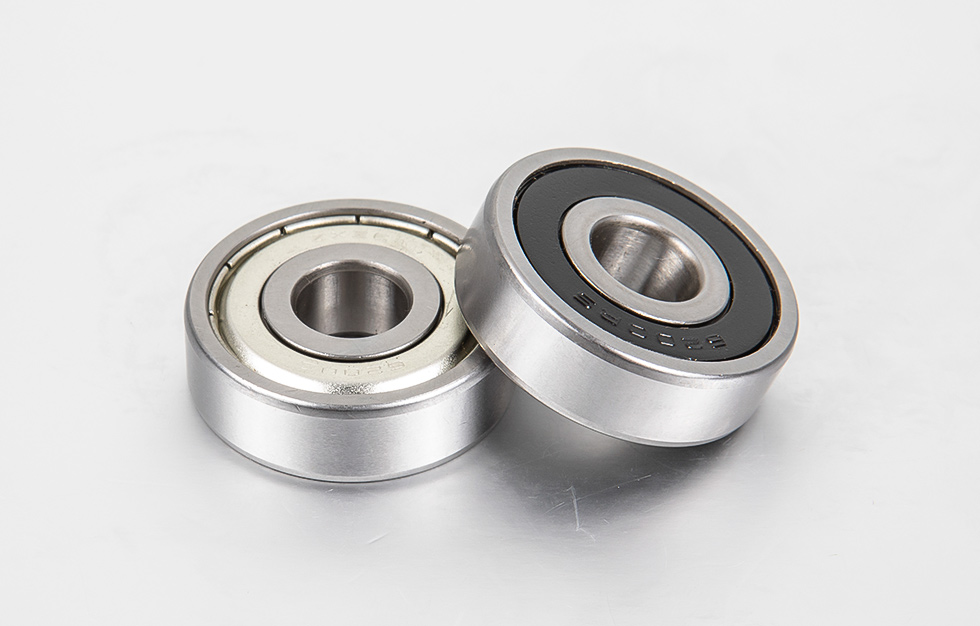News
Ningbo Hardchn bearing Co., Ltd.
Contact Us
Ningbo Hardchn bearing Co., Ltd.
ADD:No.501 Shizhu Rd, Linyu Foreign Investment Park, Jiaochuan Street, Zhenhai District, Ningbo city, China.
Tel:0086-574-86365365
Mobile:0086-(0)13858288142
Fax:0086-574-86454078
Sliding bearings are widely used in commercial vehicles […]
Sliding bearings are widely used in commercial vehicles. Bearings are used from engines, chassis to electrical assemblies. There are two main types of sliding bearings on automobile engines. One is a thin-walled bushing bearing, which resembles a tile. Commonly known as the bearing bush; the other is the bushing, also known as the copper sleeve, which is a hollow cylinder. Bushing thin-walled bearings are mainly used to support engine crankshafts and connecting rods, and bushes are mainly used to support camshaft journals and piston pins.
What are the common forms of early damage to sliding bearings?
1. Mechanical damage
Mechanical damage of sliding bearings refers to the presence of groove marks on the alloy surface of the bearing to varying degrees. In severe cases, metal peeling and large-area scratches occur on the contact surface. Under normal circumstances, contact surface damage and ablation are the same. The main cause of mechanical damage to the bearing is that it is difficult to form an oil film on the bearing surface or the oil film is severely damaged.
2. Bearing cavitation
Under the repeated action of the cylinder pressure shock load, the surface layer of the sliding bearing undergoes plastic deformation and cooling hardening, local loss of deformability, cracks gradually formed and continued to expand, as the wear debris falls off, cavities are formed in the loaded surface layer. Generally, when cavitation occurs, pits appear first, and then the pits gradually expand to cause cracks at the interface of the alloy layer, and the cracks expand in parallel to the interface until they peel off. The main cause of cavitation of sliding bearings is the sudden change of the cross-section of the oil groove and oil hole, which causes the oil flow to be turbulent, and bubbles are formed in the turbulent vacuum area of the oil flow. Then, the pressure rises and the bubbles collapse to produce cavitation. Cavitation generally occurs in the high load area of the bearing, such as the bearing bush under the main bearing of the crankshaft.
3. Fatigue pitting
Bearing fatigue pitting is caused by overloading of the engine, overheating of the bearing and excessive bearing clearance, causing fatigue damage, fatigue pitting or fatigue shedding in the middle of the bearing. The reason for this kind of damage is mostly caused by overloading, excessive bearing clearance or unclean lubricating oil, mixed with foreign matter. Therefore: When using, pay attention to avoiding overloading of the bearing and do not run at too low or too high speed; engine idling Adjust to a stable state; ensure normal bearing clearance to prevent the engine speed from being too high or too low.

4. Corrosion of bearing alloy
Bearing alloy corrosion is generally caused by impure lubricating oil. The chemical impurities (acid oxides, etc.) contained in the lubricating oil oxidize the bearing alloy to produce acidic substances, causing part of the bearing alloy to fall off, forming irregular tiny cracks or small craters.
5. Bearing melting
There are tiny protruding metal surfaces in direct contact between the journal and the friction pair of the bearing, resulting in local high temperature. In the case of insufficient lubrication and poor cooling, the bearing alloy will become black or partially melted. The blackening or partial melting of the bearing alloy is often caused by the tight fit between the journal and the bearing, and insufficient lubricating oil pressure can easily burn the bearing.
6. The bearing goes outside the circle
The outer circle of the bearing means that the bearing rotates relatively in the seat hole. The outer circle of the bearing not only affects the heat dissipation of the bearing, it is easy to ablate the alloy on the inner surface of the bearing, but also damage the back of the bearing, and burn the bearing in severe cases. The main reason is that the bearing is too short, processing or installation does not meet the specifications, etc.